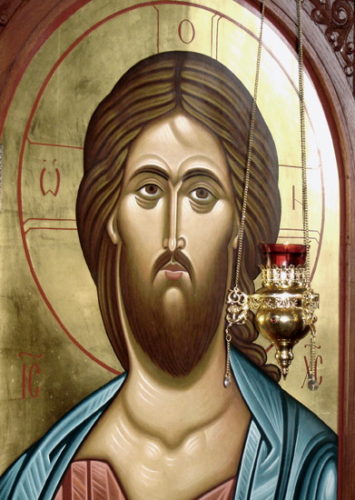
In our Lenten Journey we are called upon to look to three foundational guideposts. These are Prayer, Fasting and Alms Giving. As we approach the mid-point in Great Lent, I offer this small prayer to assist you.
A prayer from St. John Chrysostom according to the Hours of the Day or Night
1:00 AM: Lord, deprive me not of Your heavenly and eternal blessings.
2:00 AM: Lord, deliver me from everlasting torments.
3:00 AM: Lord, if I have sinned in word or deed, in mind, or spirit, forgive me.
4:00 AM: Lord, deliver me from all distress, ignorance, forgetfulness, laziness, and stony hardness of heart.
5:00 AM: Lord, deliver me from all temptations and spiritual abandonment.
6:00 AM: Lord, enlighten my heart which has been darkened by evil desire.
7:00 AM: Lord, being human, I sin; but You, being God, have mercy on me.
8:00 AM: Lord, take heed of the weakness of my soul, and help me with Your grace that Your holy name may be glorified in me.
9:00 AM: Lord Jesus Christ, inscribe the name of Your servant in the book of life, granting me a blessed end.
10:00 AM: Lord my God, I have done nothing good; yet by Your compassion help me to make a new beginning.
11:00 AM: Lord, refresh my heart with the dew of Your grace.
12:00 PM: Lord, God of heaven and earth, remember me, who am sinful, wretched, evil and impure, in Your kingdom, according to Your steadfast love.
1 :00 PM: Lord, receive me in repentance and do not forsake me.
2:00 PM: Lord, put me not to the test.
3:00 PM: Lord, grant me good thoughts.
4:00 PM: Lord, grant me tears of repentance, remembrance of death and contrition.
5:00 PM: Lord, grant me sincere confession of my thought.
6:00 PM: Lord, grant me humility, deliverance from my own will and obedience.
7:00 PM: Lord, grant me patience, forbearance and meekness.
8:00 PM: Lord, implant in me Your holy fear, the source of all blessings.
9:00 PM: Lord, enable me to love You with all my soul, my mind and my heart; and my neighbor as myself.
10:00 PM: Lord, protect me from evil people and demons, from impure passions and all unseemly things.
11:00 PM: Lord, as you commanded; Lord, as You know all things; Lord, as You desire I desire Your goodness; let Your will be done in me.
12:00 AM: Lord, let Your will, not mine, be done through the intercessions of the all-holy Theotokos and of all the Saints, for You are blessed forever. Amen.
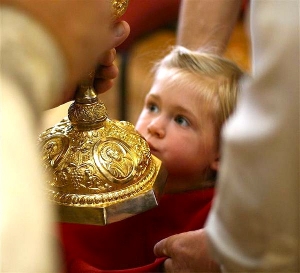
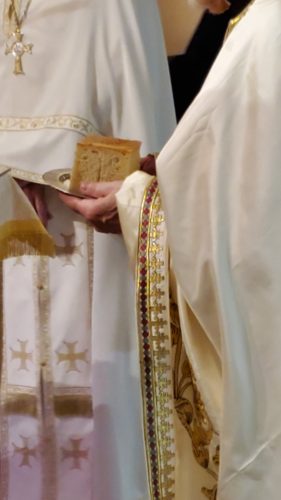
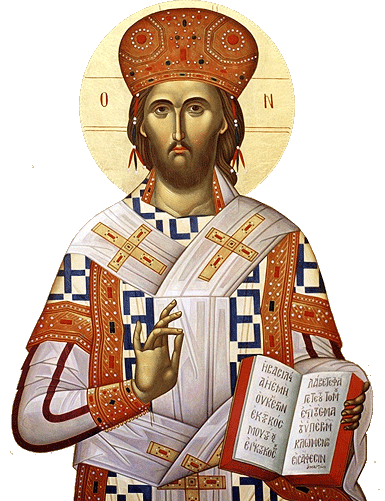
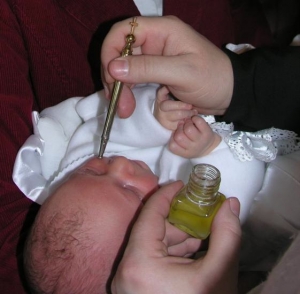

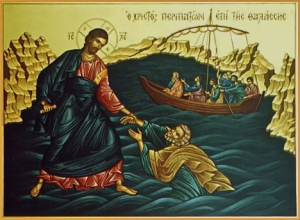
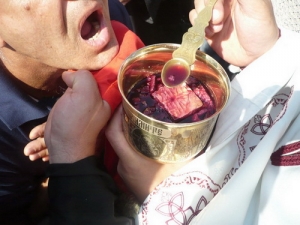
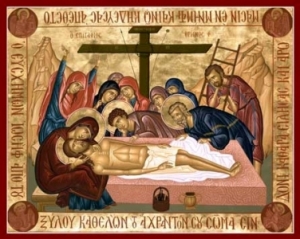
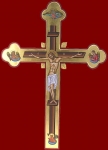 The True Cross
The True Cross